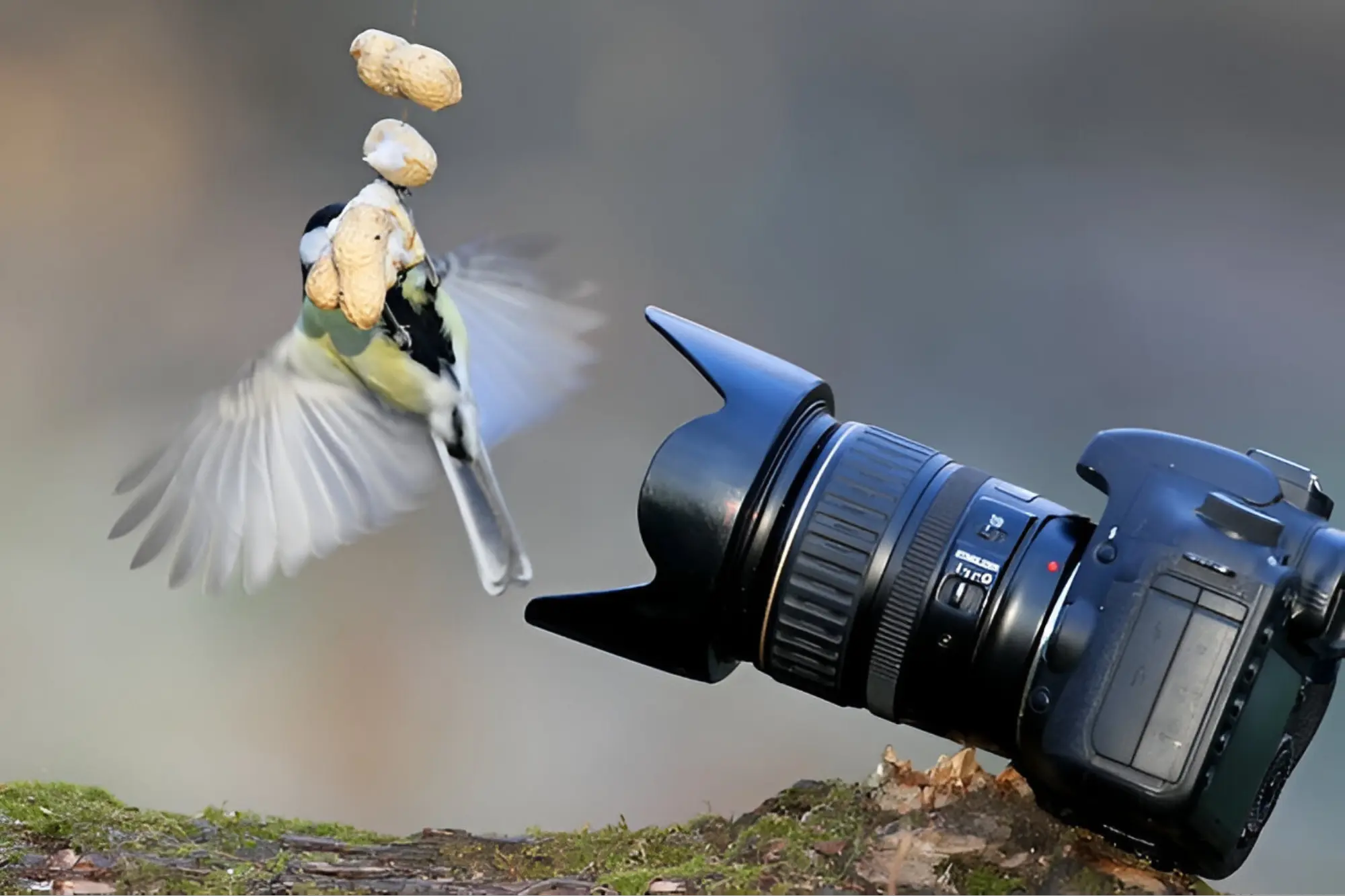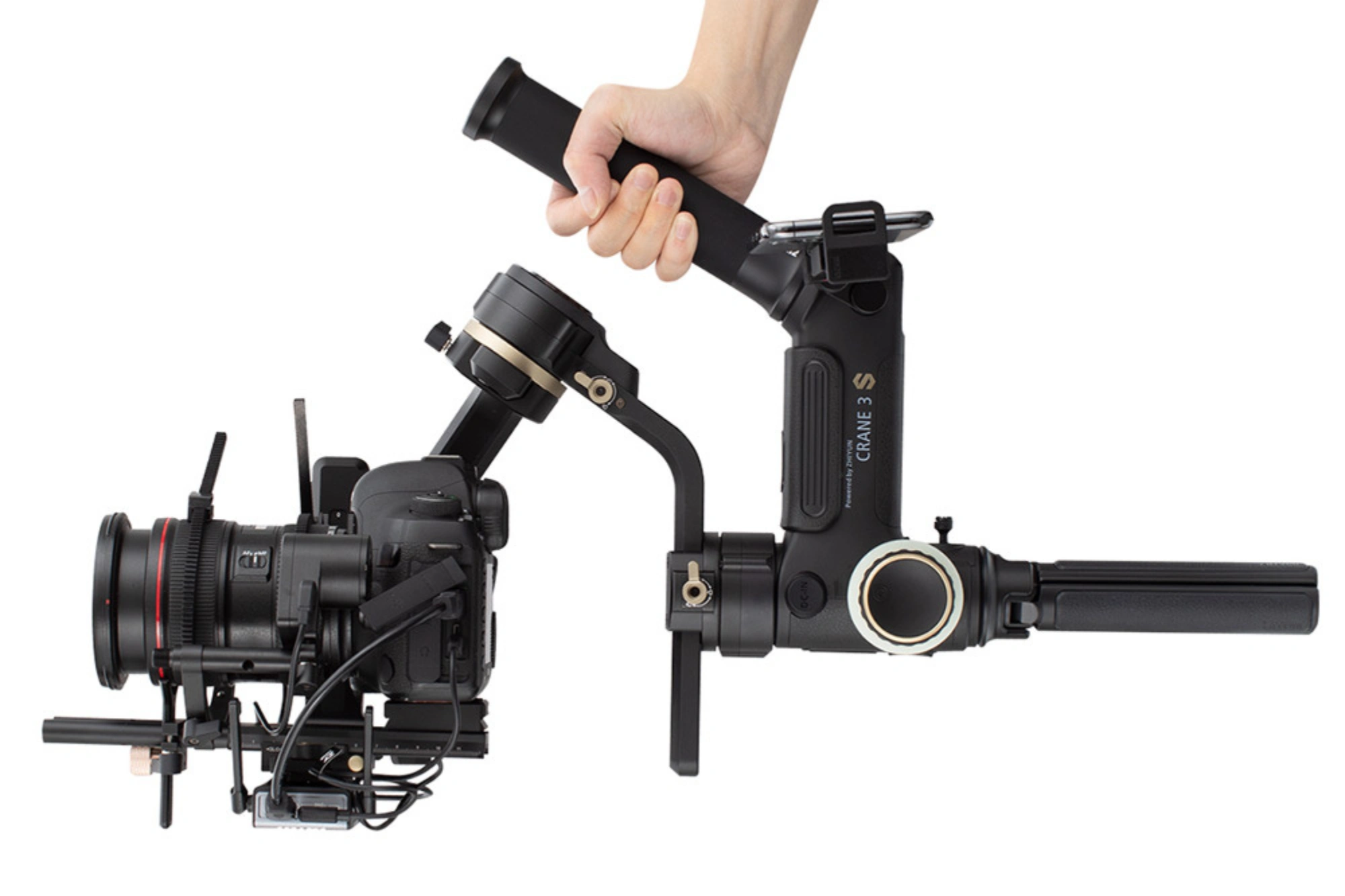Introduction
DSLR cameras have long been the go-to choice for professional and enthusiast photographers. While the rise of mirrorless cameras has created strong competition, DSLR photography continues to evolve. New trends are reshaping how photographers use their DSLRs—integrating technology, creativity, and convenience. Whether you’re a hobbyist or a pro, keeping up with these changes is essential to stay relevant in the field.
1. AI Integration for Smart Photography
One of the biggest shifts in DSLR photography is the use of AI-powered features. New DSLRs are now being equipped with AI-based autofocus systems, automatic scene recognition, and real-time subject tracking. These advancements make it easier to capture sharp, dynamic shots, especially in fast-paced environments like sports or wildlife photography.
2. Hybrid Shooting: Photos + Videos
DSLRs are no longer just about still images. With the growth of content creation, newer DSLRs support 4K and 8K video recording, built-in microphones, and even live streaming capabilities. Many photographers are now hybrid shooters, using a single DSLR setup to capture both high-quality photos and professional videos.
3. Wireless Workflow and Cloud Integration
The ability to instantly upload and share photos is becoming a must-have. Modern DSLRs offer built-in Wi-Fi, Bluetooth, and FTP transfer options. This trend is especially useful for journalists and event photographers who need to send images quickly for publishing or social sharing.
4. Enhanced Low-Light Capabilities
Recent DSLRs are pushing the boundaries of low-light performance. Improved sensors and noise-reduction algorithms allow photographers to shoot in darker environments without sacrificing image quality. This trend is especially beneficial for night photography, concerts, or indoor events.
5. Personalization with Custom Modes and Profiles
DSLRs now offer more custom user profiles, letting photographers set up specific shooting modes for different scenarios—like weddings, landscapes, or portraits. This trend boosts workflow efficiency and ensures consistent output across shoots.
6. DSLR Sustainability & Longevity
In response to environmental concerns, many brands are focusing on durability, modular components, and firmware updates to extend the lifespan of DSLRs. Photographers are now investing in gear that’s built to last rather than chasing the latest upgrade.
7. Continued Dominance in Certain Niches
Despite the rise of mirrorless, DSLRs remain the preferred choice in fields like sports, wildlife, and wedding photography due to better battery life, robust build quality, and the availability of a wide range of lenses and accessories.
Conclusion
While new technologies continue to disrupt the camera industry, DSLR photography is evolving—not disappearing. With AI, hybrid functionality, and improved usability, DSLR users can still stay ahead of the game. If you’re serious about photography, embracing these new DSLR trends can give your work the professional edge it needs.
FAQs
Q1: Are DSLRs still worth buying?
Yes, especially for professionals who value durability, lens variety, and long battery life.
Q2: What’s the biggest new feature in DSLR cameras?
AI-powered autofocus and real-time subject tracking are major innovations in the latest DSLRs.
Q3: Can I shoot professional videos with a DSLR?
Absolutely. Many DSLRs now support 4K/8K recording and advanced audio input for pro-level video production.
Q4: Are DSLRs better than mirrorless cameras?
It depends on your use case. DSLRs excel in battery life, ergonomics, and lens variety, while mirrorless offers compact design and faster shooting speeds.




